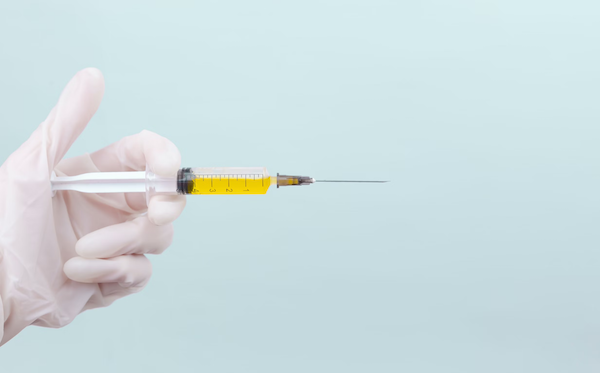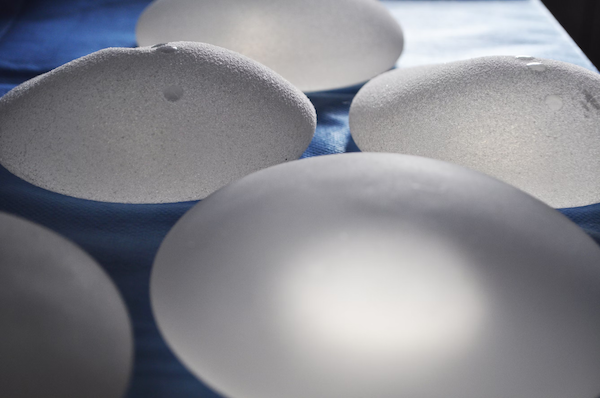Plastic surgery derives its name from the Greek term for molding or shaping; an umbrella term that covers cosmetic and reconstructive procedures. People choose cosmetic plastic surgery for various reasons.
Common procedures include rhinoplasty, liposuction, eyelid surgery and facelifts while noninvasive options range from dermabrasion to botulinum toxin injections. If you’ve never considered surgery before, read on to learn how you can improve your health.

Rhinoplasty
Rhinoplasty is one of the most frequently performed plastic surgery procedures and may be performed for either cosmetic reasons or to correct deformities caused by injury or birth defects. Rhinoplasty usually takes place under general anesthesia with one to two days spent in hospital recuperation afterwards.
Finding a surgeon with experience and an outstanding reputation when considering rhinoplasty surgery is of utmost importance. Additionally, scheduling a consultation visit will enable the physician to discuss your goals and listen to any concerns regarding your nose; explain how surgery will take place; as well as provide details regarding risks and costs involved with this form of cosmetic procedure.
Rhinoplasty not only changes the shape of your nose, but it can also improve breathing. A crooked nose can make breathing difficult; to improve airflow further, rhinoplasty may be combined with septoplasty – surgery which straightens out the wall that separates left from right nasal passages inside your nose.
Breast Augmentation
Breast augmentation surgery can be completed using either saline or silicone breast implants, or fat transfer techniques. Both implant types provide natural-feeling shapes; silicone options tend to last longer. Breast augmentation may also provide relief for any back discomfort caused by having an underdeveloped chest or by its sagging.
Before your surgery, your surgeon will discuss which implants would best meet your needs, along with their respective benefits and risks. You will then need to fill out medical history forms (which you can do here: orfaniotis.co.uk) and discuss your goals with him or her. It is also important that any conditions which could impair your recovery are disclosed – for example blood disorders, heart disease, high blood pressure, diabetes or bleeding issues from previous experiences are essential information for them to know about.
At the start of your surgery, you will receive local anesthetic to manage any discomfort. After marking breast tissue and making incisions in various locations to place implants based on your requirements and surgeon preference, incisions may be made near or in the armpit – locations which minimize visible scarring – for maximum success – but to learn more about this common procedure, ask your doctor.

Facelift
Age can reduce facial skin elasticity and laxity, leading to sagging and wrinkled tissue in your face and neck area, giving off an aged or tired appearance. Facelifts address these concerns by tightening drooping skin, reducing deep wrinkles and creases, and giving back youthful features such as double chins, neck bands, or excess fat in cheeks and neck areas.
There are various facelift techniques, but what’s important is your cosmetic surgeon’s skill. A good plastic surgeon should possess an in-depth knowledge of facial anatomy, highly refined surgical techniques, and an eye for aesthetic detail. When selecting your plastic surgeon, ask to see before-and-after photos from patients they have treated before making your choice – this will allow you to assess whether their aesthetic approach matches up with your goals.
Under anesthesia, you will undergo the facelift procedure. While asleep or sedated, your cosmetic surgeon will make precise incisions and tighten underlying tissues before trimming or redistributing fat for an overall more youthful facial appearance. Incisions typically fall along hairlines or natural creases of ears for maximum effect; for those exhibiting signs of neck aging a platysmaplasty (neck lift) procedure may also be performed simultaneously with their facelift procedure.
Liposuction
Liposuction is a cosmetic procedure that removes fat cells that do not respond to exercise or diet alone. Liposuction can dramatically change body contour, and according to this link, it’ll have results lasting as long as you maintain weight stability; however, it cannot treat cellulite or alter how your body stores and distributes fat stores and distributes. At UC Davis plastic surgeons use this procedure as part of a combination of surgical and non-invasive techniques designed to reshape bodies.
As with any surgery or procedure, post-procedure recovery will cause moderate discomfort and soreness for several days afterward. Prescription pain medications will help alleviate any discomfort. You should arrange to have someone drive and stay with you after receiving general anesthetic – particularly if undergoing general anesthesia is involved – especially if receiving general anesthetic is part of the equation.
While liposuction is often utilized for aesthetic reasons, some individuals seek it out to treat medical conditions like lymphedema and gynecomastia. Lymphedema refers to a chronic condition in which excess fluid accumulates in tissues – typically arms or legs – while Gynecomastia occurs when fat deposits beneath breast tissue and causes them to appear misshapen or enlarged.
To summarize, plastic surgery procedures that most commonly improve health include rhinoplasty, abdominoplasty and liposuction. Other popular procedures are blepharoplasty (eyelid surgery), facelifts and buttock implants. Sometimes people turn to cosmetic procedures not necessarily to improve health but rather because they want to look more like celebrities or Instagram models, for instance.
Read More:

